Today on Forces of Fame, we’re heading out to sea with arguably the most famous vessel of the Age of Sail – HMS Victory. Laid down in 1759, although not commissioned until 1778, Victory remains in service to this day (244 years later!), albeit in a drydock since 1922. Nevertheless, she remains the world’s oldest commissioned warship, a record not likely to be broken any time soon!
As a true ‘first-rate’ Ship-of-the-Line, Victory emerged from her protracted construction and development period with a formidable battery of over a hundred guns of varying calibres. Launched just in time for the indecisive first Battle of Ushant (27 July 1778), where she served as Admiral Keppel’s flagship. Although involved in several smaller engagements, she saw no further serious action until February 1797, where at Cape St. Vincent she was once again the flagship of the British fleet, this time under Sir John Jervis. At that famous (and, for the Royal Navy, almost bloodless) victory, Jervis’ memoirs record that the fearsome weight of metal thrown by Victory’s guns so unnerved the 112-gun Principe de Asturias that the Spaniard “squared her yards, ran clear out of the battle and did not return”!
Following Cape St. Vincent, Victory returned to Britain for inspection and was discovered to have considerable issues with her stern timbers which condemned her to the ignominious fate of being hulked to serve as a hospital ship, as happened to so many other legendary vessels of the era. The loss of the 98-gun HMS Impregnable, however, caused the Admiralty to decide to rebuild Victory. When the work was begun, a number of other serious problems were discovered, and a simple repair quickly became an extensive and costly rebuilding programme. When she emerged in the spring of 1803, Victory now sported 104 guns, and in this configuration would begin her association with then-Vice Admiral Horatio Nelson.
Victory is of course rightfully best known for her service as Nelson’s flagship at Trafalgar. Breaking the French line aft of the Bucentaure, she raked the enemy flagship at point-blank range, killing or wounding almost half of her crew in a single stroke. She then locked masts with Redoutable, whose crew made ready to board Victory before a savage last-minute broadside from HMS Temeraire decimated the French sailors massed on deck waiting to charge. During the engagement, however, Nelson fell, shot through the spine from the rigging of Redoutable, perishing in his moment of triumph and becoming part of the national mythos in an instant.
Following Trafalgar, the badly damaged Victory was towed to Gibraltar by HMS Neptune for emergency repairs, after which she conveyed Nelson’s body (famously ‘pickled’ in a barrel of brandy!) back to England. Due to the damage suffered at Trafalgar, she was redesignated as a Second Rate, before a succession of far less glorious roles – troopship, floating depot, and finally prison ship. While drydocked for repairs and reclassified as a First Rate for a time, by 1831 the Admiralty had issued orders for the now thoroughly worn-out Victory to be broken up so that her timbers and guns might be used for other vessels. This rather understandably caused a significant public outcry, which led to her being designated as the ‘tender to the port admiral’s flagship’ (no more than a sinecure), and she spent the remainder of the 19th Century slowly rotting at her moorings in Portsmouth, sinking in 1854 before being raised. By the turn of the century her condition was truly parlous, and in 1922 she was finally moved to the No.2 Drydock for extensive repairs – she would not return to the water again.
Throughout the 20th and 21st Centuries a long program of restoration began (only slightly interrupted by the Luftwaffe’s best efforts in 1941!), and by 2005 she had been restored to her Trafalgar configuration for the 200th anniversary celebrations of her most famous battle. Since 2012, she has also served as the ceremonial flagship of the First Sea Lord, as well as a fantastic tourist attraction, and with restoration ongoing shows no sign of striking her colours any time soon!
On the Black Seas tabletop, Victory is a proper combat monster, as befits her status as a 104-gun First Rate, capable of pulverising enemy vessels with her devastating broadsides and withstanding a punishing amount of incoming fire in turn. She also provides a +1 bonus to Skill Tests for all ships within 20”, such is the awe she inspires! Paired with Admiral Nelson, she becomes a 610 point behemoth, so long as you can keep the Admiral safe from enemy sharpshooters!
Hoist the colours, run out the guns, and remember the words of Lord Nelson! To glory we steer!
No captain can do very wrong if he places his ship alongside that of an enemy.
Nelson’s memorandum on the eve of Trafalgar, 1805
Other Essential Royal Navy Vessels
Other articles in the Forces of Fame Series:
Bolt Action – The Tiger I; Princess Elizabeth (Jubilee Special);
Blood Red Skies – Messerschmitt Bf 110;
Victory at Sea – The Bismarck;
Pike & Shotte – Cuirassiers;
Black Powder (Epic Battles ACW) – The Iron Brigade;
SPQR – Dacian Falxmen;
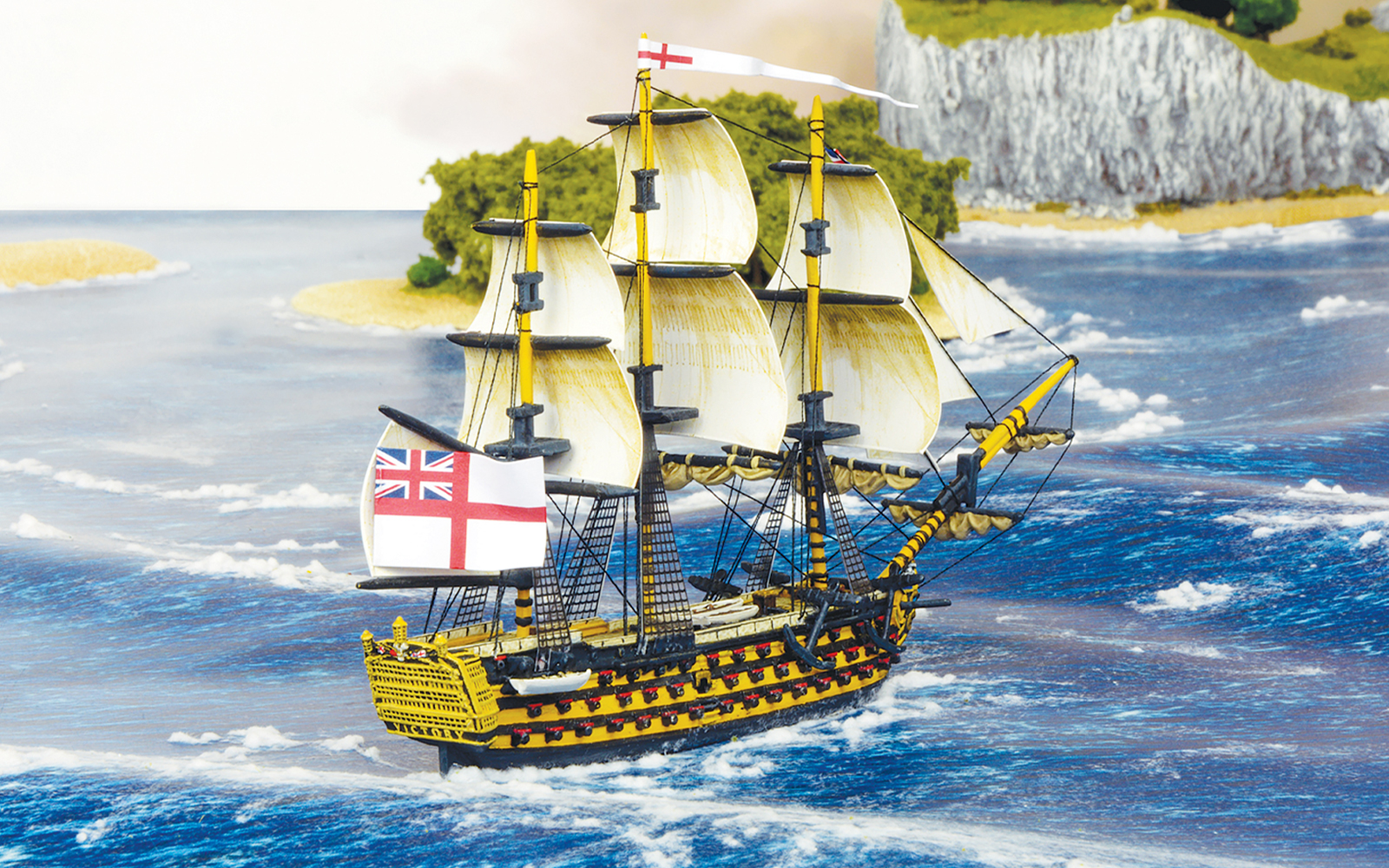
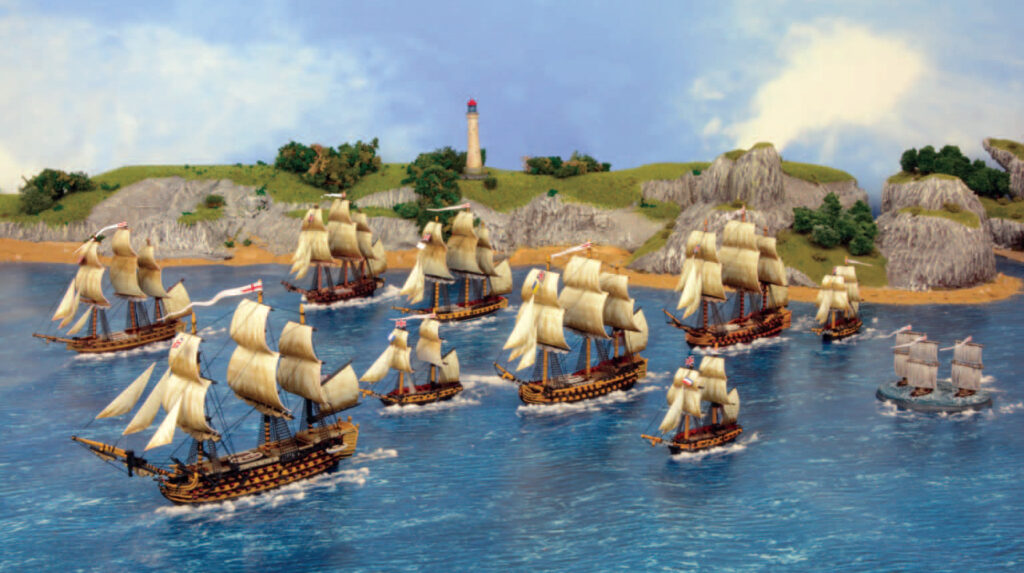
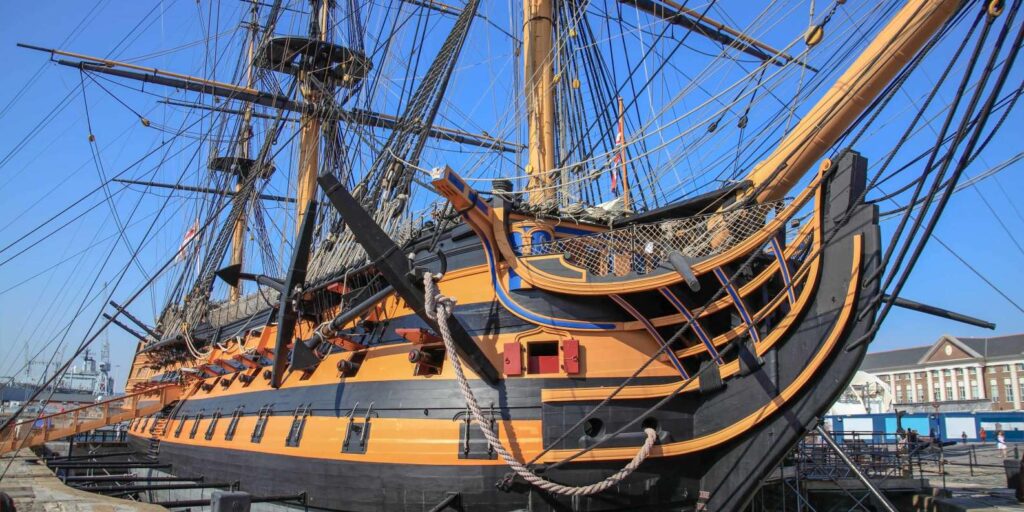

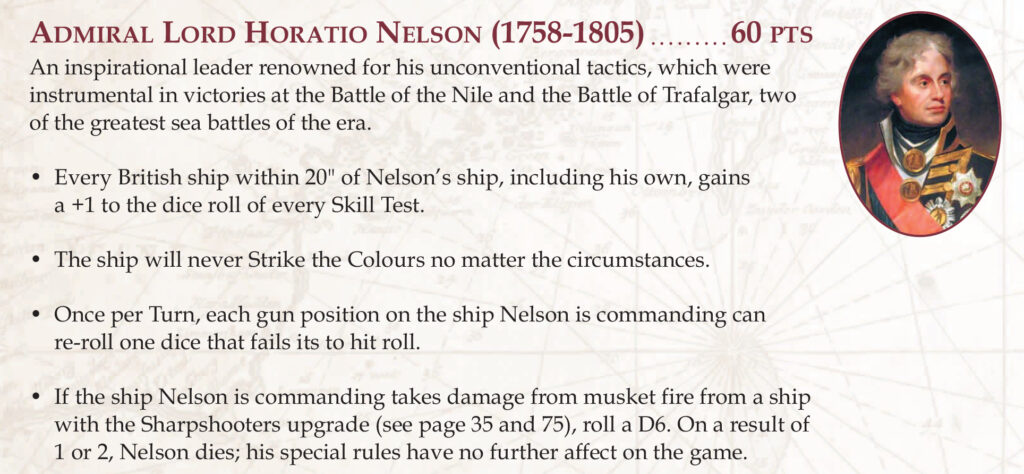
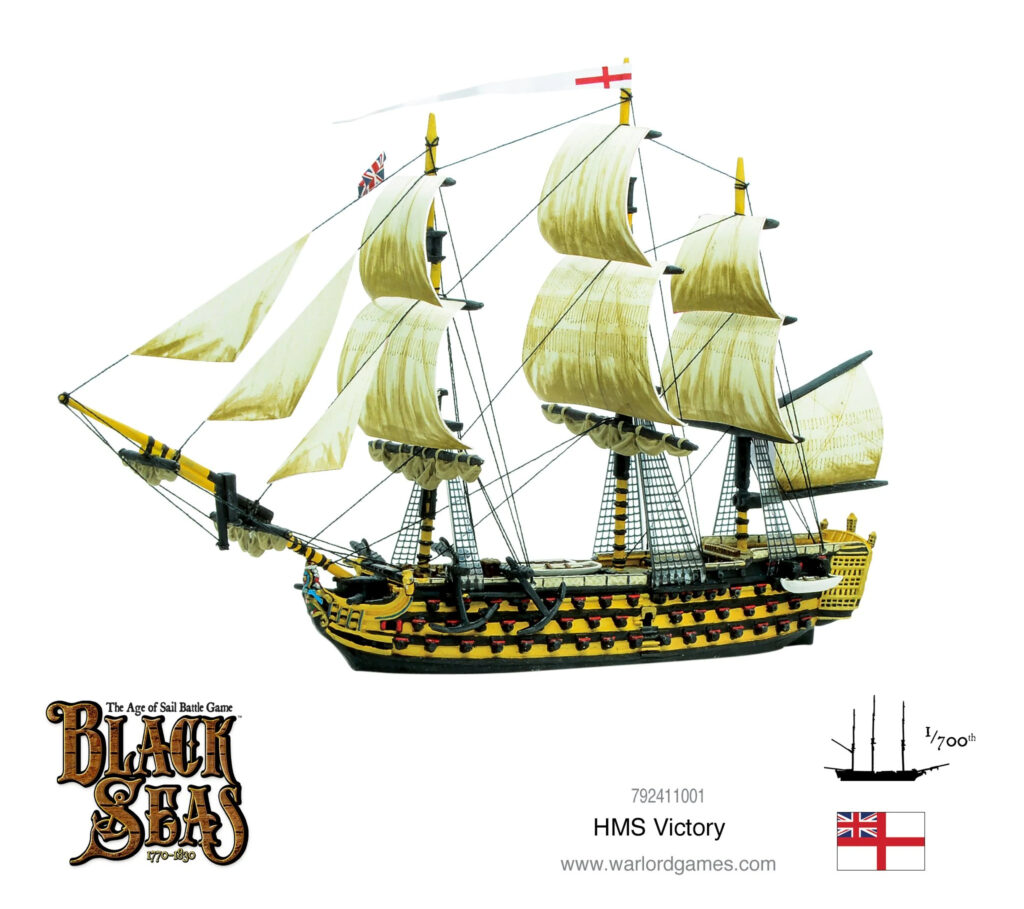
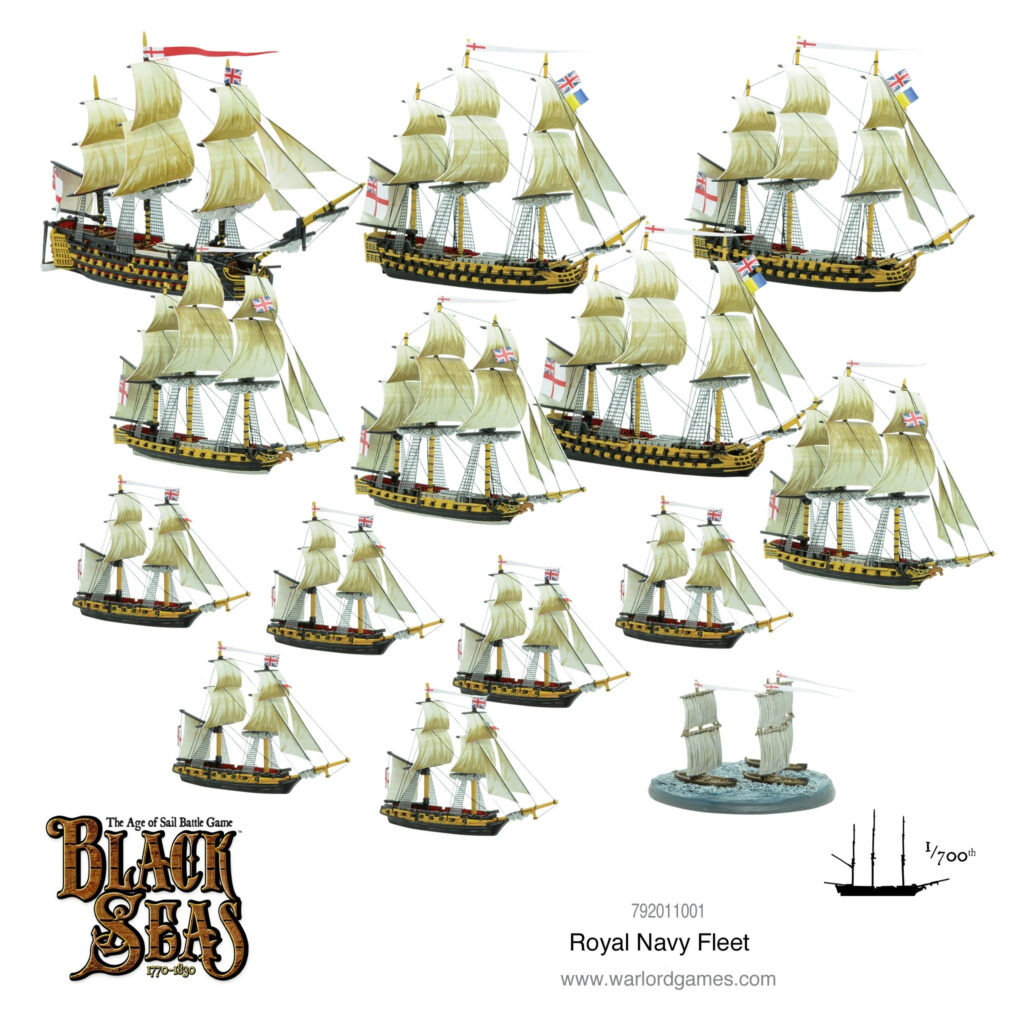
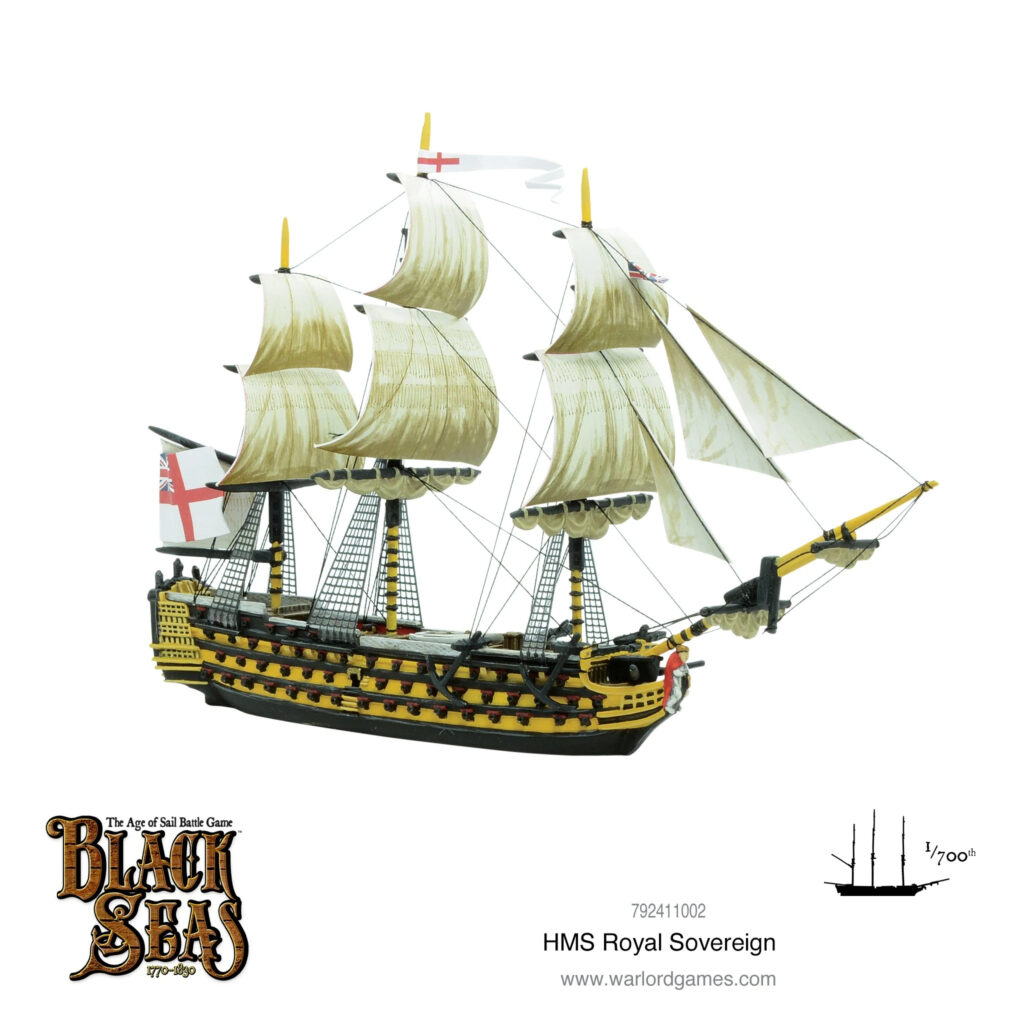
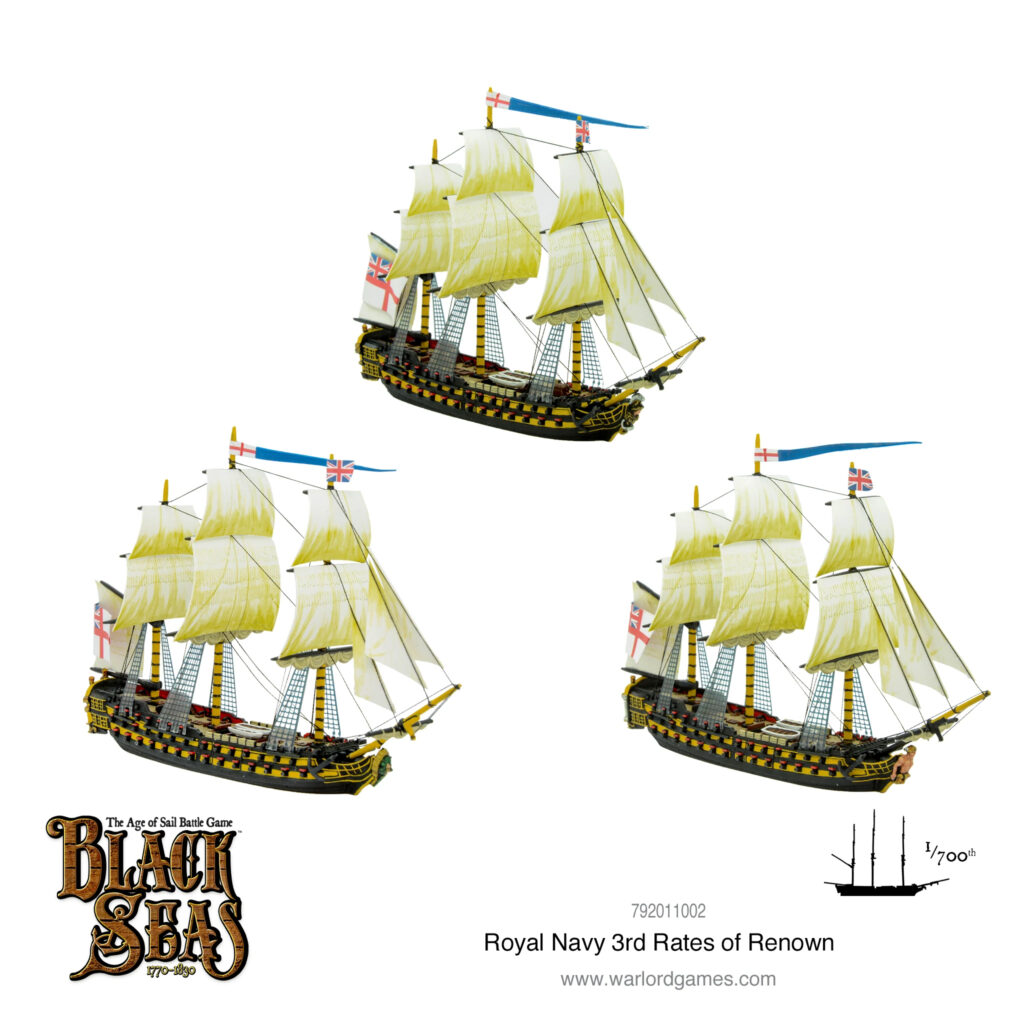
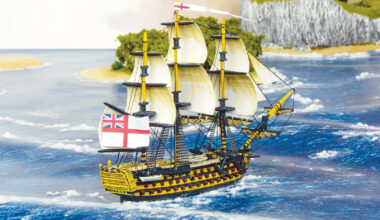
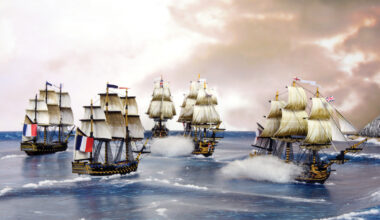
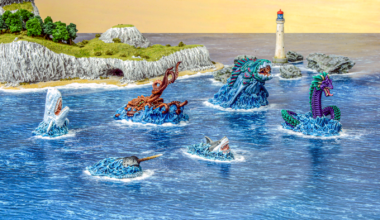
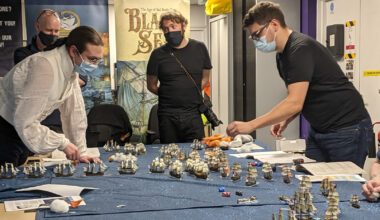
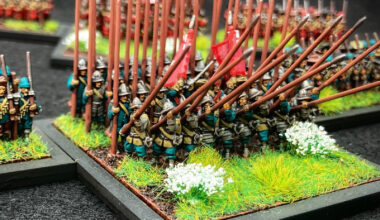
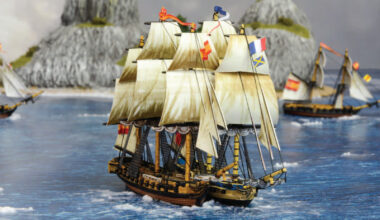
1 comment
Stop saying she sank in 1854! She bloody well didn’t so don’t believe everything you read on Wikipedia! One of her tenders sunk, not the ship.
Comments are closed.